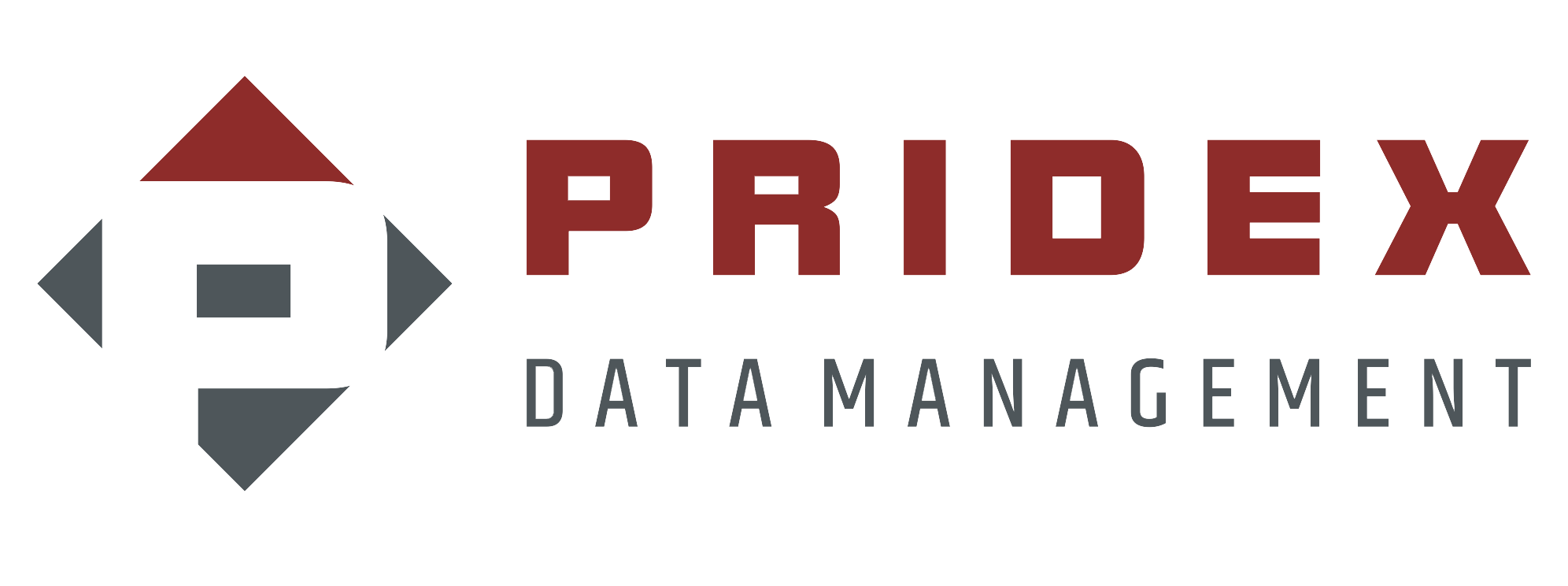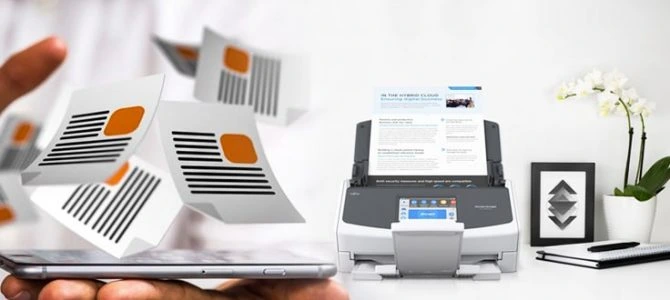The digital transformation of document management has brought about significant benefits, including increased efficiency, accessibility, and cost savings. However, as organizations move towards digitization, data security becomes a critical concern. Protecting digital documents from unauthorized access, breaches, and other threats is essential for maintaining the integrity and confidentiality of sensitive information. Here’s what you need to know about ensuring data security in document digitization.
1. Understanding the Risks![]()
Before implementing a document digitization strategy, it’s crucial to understand the potential risks involved. These can include:
● Unauthorized Access: Digital documents can be accessed from various locations, increasing risk of unauthorized access.
● Data Breaches: Hackers may target digital document repositories to steal sensitive information.
● Data Loss: Accidental deletion or corruption of digital documents can result in data loss.
● Compliance Issues: Failing to protect sensitive data can lead to non-compliance with industry regulations, resulting in fines and legal repercussions.
2. Encryption![]()
Encryption is a fundamental aspect of data security in document digitization. It involves converting data into a code to prevent unauthorized access. There are two main types of encryption:
● Data-at-Rest Encryption: Protects data stored on devices and servers.
● Data-in-Transit Encryption: Secures data being transmitted across networks. Using strong encryption methods ensures that even if data is intercepted or accessed without authorization, it remains unreadable and secure.
3. Access Control![]()
Implementing robust access control measures is essential for protecting digital documents. This involves:
● User Authentication: Ensure that only authorized personnel can access digital documents by using strong authentication methods, such as multi-factor authentication (MFA).
● Role-Based Access Control (RBAC): Assign permissions based on user roles ensuring that employees can only access the documents necessary for their job functions.
● Audit Trails: Maintain logs of document access and modifications to monitor and detect any unauthorized activities.
4. Secure Storage Solutions![]()
Choosing secure storage solutions for digital documents is crucial. Consider the following:
● Cloud Storage: Opt for reputable cloud service providers that offer robust security features, including encryption, access control, and regular security audits.
● On-Premises Storage: If storing documents on-premises, ensure that servers are physically secure and protected by firewalls, antivirus software, and regular security updates.
5. Regular Security Audits and Updates![]()
Conducting regular security audits and updates is vital for maintaining data security. This includes:
● Vulnerability Assessments: Regularly assess your document management system for vulnerabilities and address any security gaps.
● Software Updates: Keep all software, including document management systems and security tools, up to date with the latest patches and updates.
● Employee Training: Train employees on data security best practices, including recognizing phishing attempts and using strong passwords.
6. Compliance with Regulations![]()
Compliance with industry regulations is essential for data security in document digitization. Familiarize yourself with relevant regulations, such as:
● General Data Protection Regulation (GDPR): Applies to organizations handling the personal data of EU citizens.
● Health Insurance Portability and Accountability Act (HIPAA): Pertains to the protection of healthcare information in the US.
● Federal Information Security Management Act (FISMA): Governs the security of information in federal agencies.
Ensure that your document management practices align with these regulations to avoid penalties and protect sensitive data.
7. Backup and Disaster Recovery![]()
Implementing robust backup and disaster recovery solutions is essential for data security. Regularly back up digital documents to secure locations and test recovery procedures to ensure data can be restored in case of loss or corruption. Cloud-based backup solutions often offer automated backups and easy recovery options, enhancing data security.
8. Zero Trust Architecture![]()
Adopting a Zero Trust architecture is becoming increasingly popular for enhancing data security. This approach operates on the principle of “never trust, always verify,” requiring continuous authentication and authorization of users and devices, regardless of their location within or outside the network. Implementing Zero Trust can significantly reduce the risk of unauthorized access and data breaches.
Conclusion![]()
Document digitization offers numerous benefits, but it also comes with significant data security challenges. By understanding the risks and implementing robust security measures—such as encryption, access control, secure storage solutions, regular audits, compliance with regulations, backup and disaster recovery, and Zero Trust architecture—organizations can protect their digital documents and ensure the integrity and confidentiality of sensitive information. Prioritizing data security in document digitization not only safeguards your organization’s assets but also builds trust with clients and stakeholders, positioning your business for long-term success in the digital age.






